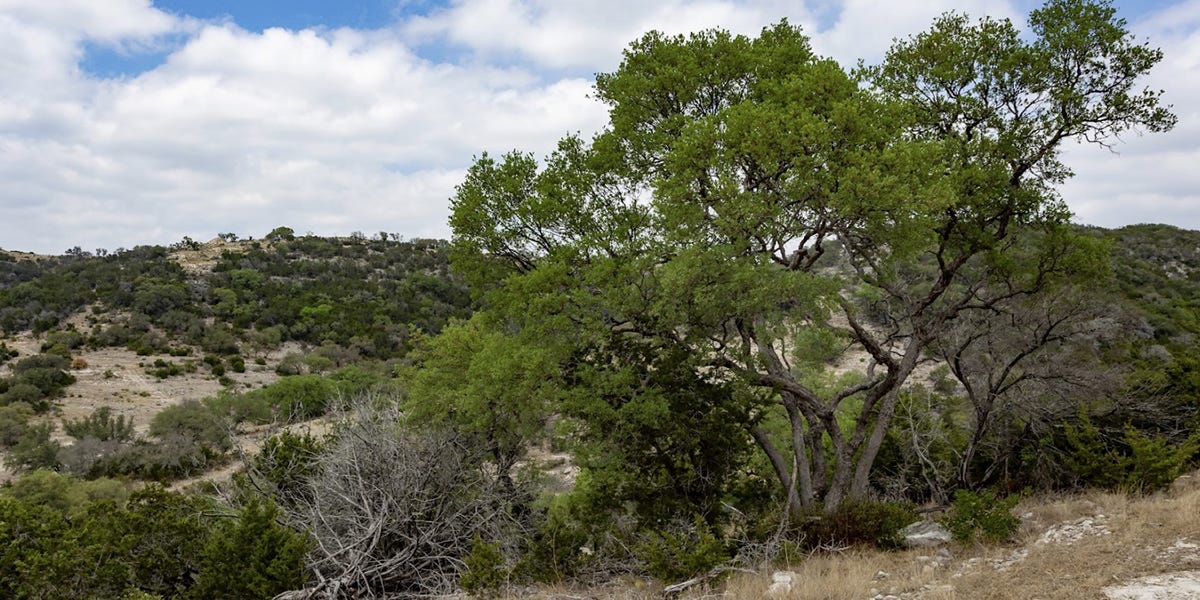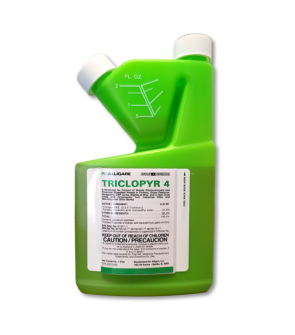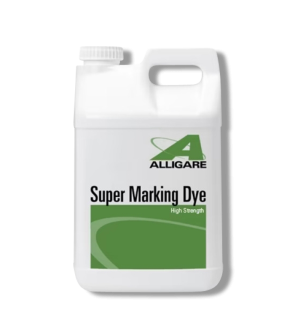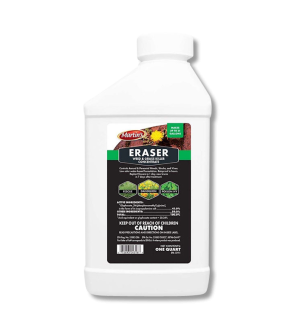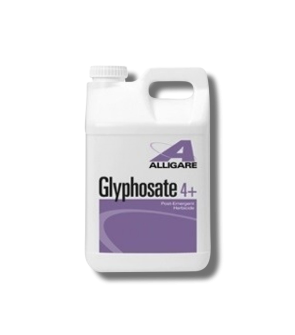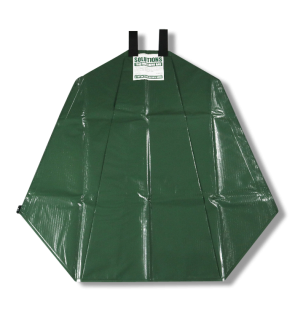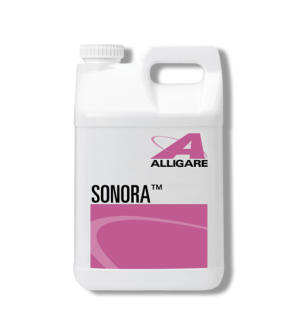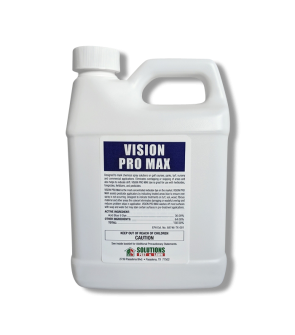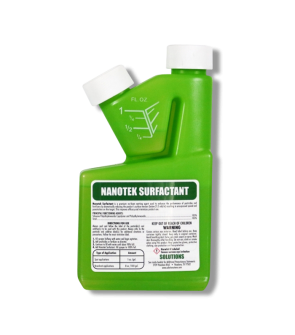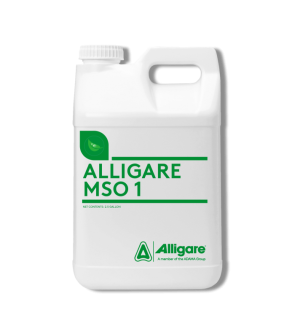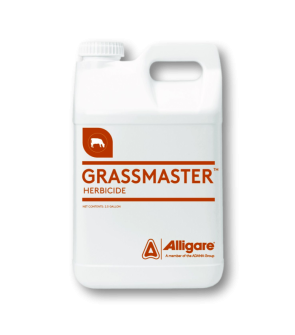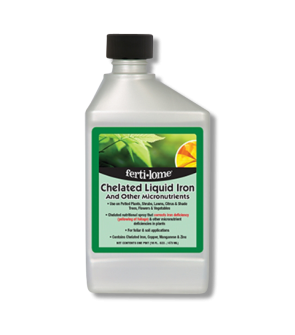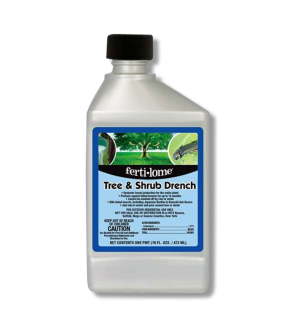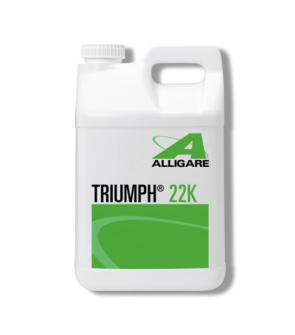Gain access to personalized product screening, the best pricing, rewards, and more!
Most Effective Products
Tree Control: How to Get Rid of Trees
This page is a general tree control guide. Using the products and methods suggested you can get control of any invasive tree species. The tree weed category pages give additional information on the different species and specific treatment instructions and options. Follow these guides and use the recommended products and we guarantee 100% control of all invasive trees.
Trees can become a problem on both residential landscapes and agricultural areas. There are various types of trees that commonly grow naturally around landscapes, introduced via seeds from other areas or are planted on the property intentionally. Invasive trees may reduce forage production in pastures, limit water movement in ditches, limit visibility along rights-of-ways, and interfere with peoples activities in other ways
On agricultural lands, trees can be a frustrating problem that takes time and money to address and can interfere with business. On residential areas, if trees are left unchecked, you may receive notices from your local neighborhood management organization ordering you to cut down an out of control tree or shrub because its an eyesore to a clean-cut neighborhood.
Our DIY tree removal guide has been developed by experienced lawn care experts and will ensure you completely eliminate invasive trees. Using the professional herbicides and equipment below and following our simple step-by-step instructions, you will be able to get rid of trees inexpensively.
Identification

Correctly identifying the tree you wish to control is the important first step of our control program. You may already be familiar with the tree type you have on your landscape. However, if you don't know, identification is not difficult. Pay close attention to the leaves, bark and branches and note their various traits as these are vital in helping you correctly identify the target tree.
We have a library of the most common invasive tree types that our customers try to get rid of. By observing the characteristics of your tree and comparing them to the description and images of the trees we cover in our library you can correctly identify the tree and be pointed in the direction of the right chemical for control of your woody plant problem.
Check out our tree library to learn about the most common diseases and find out which one you have and how to best control it using our recommended products and techniques
Inspection

Once you have identified the tree you are dealing with, you can then move on to inspection. During this phase, you will observe where the tree is located, the area surrounding the tree and the conditions of the area to gauge the best method of treatment.
Where to Inspect
Inspect your tree to determine how big it is as well as check the surrounding areas to see if it is feasible to conduct chemical control and it will also help to determine which type of chemical control will work best (Cut-stump, basal spray, soil application etc.)
What to Look For
A big part of the inspection process for trees is to determine the classification of the site you wish to treat. Most application sites are classified as either cropland or non-cropland. Cropland refers to any land on which a crop is raised for the purpose of harvest or grazing. Cropland includes pastures and rangeland.
Non-cropland is any land that is not pastured or cropped. Non-cropland includes residential lawns, fence rows, storage areas, industrial sites, around farm buildings, utilities, drainage ditch banks and right-of-ways such as pipelines, communications lines, electrical power lines, highways, and railroads.
Product use should always be conducted according to what the label states. Using your findings from the inspection you can then move forward with a treatment approach.
Treatment
Prior to using any chemicals, make sure you are equipped with the necessary PPE (gloves, goggles, mask). Our top recommendation is either Triclopyr 4. Mix according to label directions, be careful not to overmix. Use either a hose end sprayer or a pump sprayer.
Step 1 - Choose Your Application Method

There are multiple ways you can treat your tree for control.
- Foliage application – sprays applied to stem and actively growing foliage.
- Bark spray – sprays prepared by mixing chemicals in kerosene, diesel oil or bark penetrants and applied directly to the tree bark.
- Cut stump – chemical applied to freshly cut stump surface to reduce re-sprouts.
- Hack-n-Squirt– chemical applied with corresponding ax-cuts around the base of the tree.
- Soil application – sprays, granules or pellets applied to soil surface or injected into the subsoil.
Each method has its benefits and drawbacks. For instance, cut stump and bark spray are easy but labor intensive.
Step 2 - Apply Product To Tree

Spray at the highest recommended concentration as indicated on the label of the product you use. This concentration may vary by species, but is generally 1 to 2 percent when using a hand-held sprayer. Apply the herbicide when trees are in full leaf for the greatest coverage. Cover all the leaf area thoroughly. Symptoms of damage should be visible within seven to 14 days.
For tree stumps., cut or grind the stump down to as close to the soil as possible to prevent re-sprouting. Then coat the surface of the stump with the proper herbicide, such as Triclopyr.
Step 3 - Follow-up
You may have to reapply in 7 to 14 day intervals 2 or more times to achieve complete control of the tree. The reason for this is to account for weather and chemical breakdown. Follow specific product applications found on labels.
Prevention
Once you have removed the invasive tree from your yard, you don't want to deal with another one down the road. To keep trees out of your yard you will need to monitor your turf and plants regularly and eliminate conducive conditions.
- Feed your lawn with fertilizer to ensure that your lawn soil is not nutrient deficient. A nutrient rich lawn is better equipped to fight off disease, pests and weeds.
- Water your lawn deeply and infrequently to encourage strong root systems. Water at least 1 to 1.5 inches once a week.
- Reduce yard debris and leaf litter as much as possible.
Key Takeaways
What are Invasive Trees?
- Invasive trees are any species of tree that grows where it is not wanted or desired in the area.
- There are a large variety of different trees that can invade a landscape. Correctly identify the tree so then you can learn which herbicides are labeled for its removal.
How to Get Rid of Invasive Trees
- Choose what application method would be best for you depending on the tree size and what amount of labor effort you are willing to put in.
- Make sure to follow the application rates found on the label and apply carefully so the product does not get on the desired vegetation.
Preventing Tree Reinvasions
- A regular maintenance program that involves fertilizers, clearing up leaf litter and yard debris and regular mowing and water can keep invasive trees from establishing in the yard.






